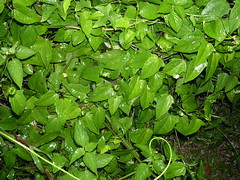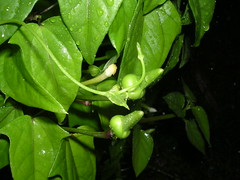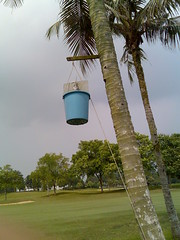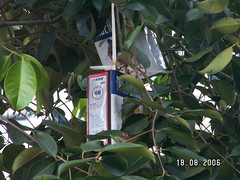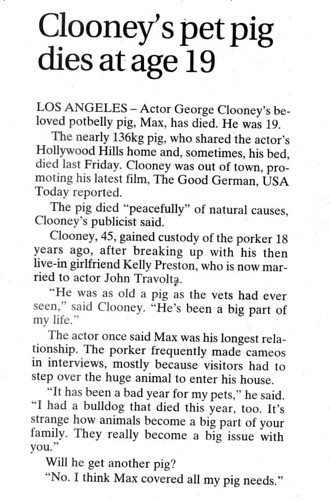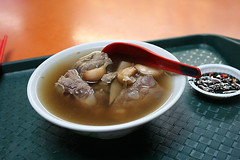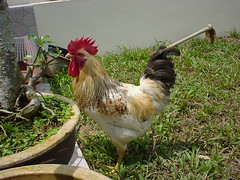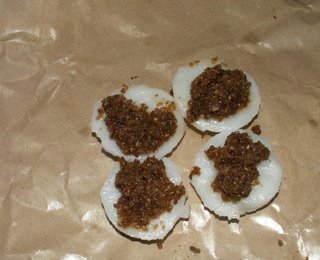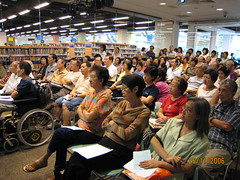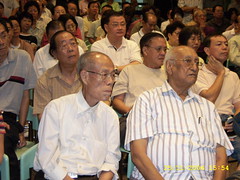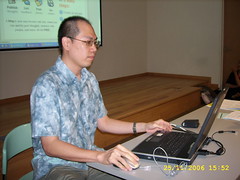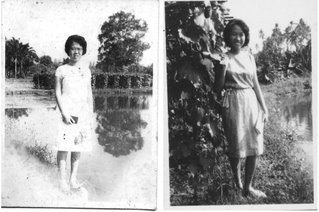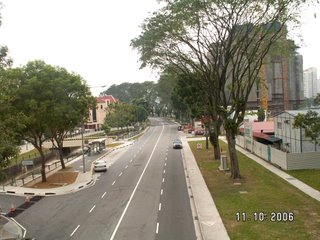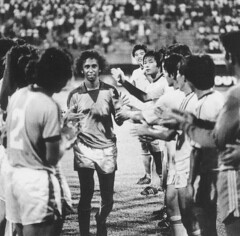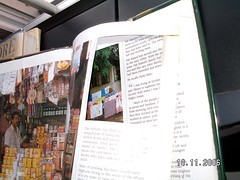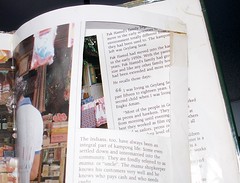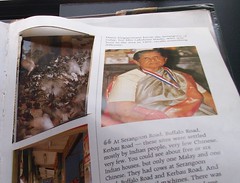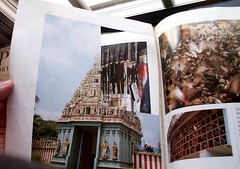I too have some memories of this place called Beauty World that Tom wrote about in the previous article. I used to drive my mother to see a Dr Chang at a clinic in the same row of shops where Tom bought his comics. That was in the mid-seventies to mid-eighties. At that time, we were staying at the HDB estate in Farrer Road. While waiting for her, I used to loitre around the many shops and stalls and did a bit of shopping. I remember this cassette stall just outside Chang’s Clinic that played loud music. One particular song I remember was John Denver’s Annie’s Song and another was called Fly Robin Fly.
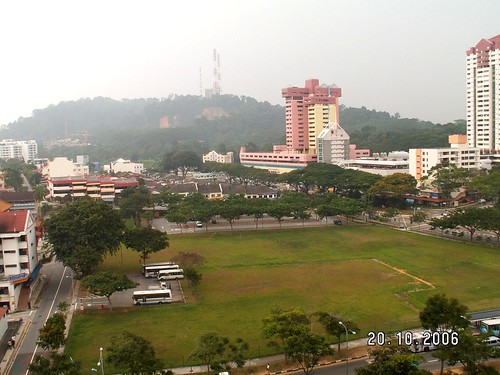
This photo shows the vacant plot of land and carpark that used be the Beauty World. It is flanked by 4 roads (see sketch below). My apologies for the poor picture quality. It was a hazy day and sky was overcast.
Around 1980, the shops and stalls at Beauty World were demolished. If I am not mistaken, there was a fire. Subsequently, most of the shops were relocated to 4 new shopping centres at Bukit Timah Plaza, Beauty World Plaza, Beauty World Centre and Bukit Timah Shopping Centre. For example, Dr Chang’s Clinic was relocated to Bt Timah Plaza and my mum continued to see him there. .
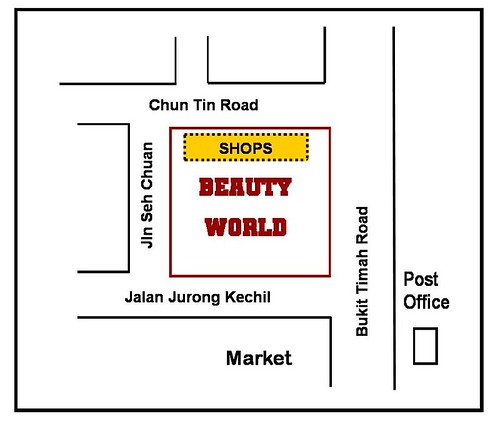
My other memories of Beauty World, which I have described before in my blogs on National Service were about the Sunday evenings when I took the pirate (unlicensed) taxis from Jalan Jurong Kechil to return to Safti in Pasir Laba Camp. In the mid-70's, there was only 1 bus service, Green Bus service number 175 going to Tuas. It simply wasn’t enough to cater to the many NS boys going back to the army camps in Safti and Tanjong Gul Camp (6 SIR). As such, many soldiers resorted to desperate measures like going all the way to Queen Street, next to the Rochore Centre, to take the 175. So by the time the bus reached Bukit Timah, it was usually packed. As for me, I would take a bus from Farrer Road to Bt Timah 7th Mile to catch the pirate taxis.
We were really thankful for the pirate taxis. They were illegal of course, and charged a standard fee of, I don’t know, a dollar maybe. They waited for us at the Jalan Jurong Kechil entrance to Beauty World. Like its counterpart in Queen Street, this area was very busy (热闹) on Sunday nights, with lots of stalls selling sundries, music cassettes, food, snacks and fruits. Each taxi would fetch 4 passengers, each clutching his baggage and packets of snacks and fruits. Like all third world taxis, they were fast and had blaring music.
I remember there was a cinema in Beauty World, but I never patronized it and cannot remember the name. If I am not mistaken, there was also a temple and a wayang stage along Jalan Seh Chuan where the present Tua Pek Kong Temple is. Besides this, I don’t remember much about the old Beauty World.
As you can see, my memory of the details of this place is rather sketchy, and so I consulted my friends Chuck and Peter who happened to live nearby and this is what I learned.
CHUCK says:
I used to live at the Princess Elizabeth Estate at Hill View area near Bt Timah nine-and-a-half mile. I often took the no. 173 bus to Beauty World to watch movies. There were 2 cinemas. The first one was the Nanyang Theatre which was actually not situated within Beauty World but across Chun Tin Road, at the junction with Yuk Tong Avenue, where the present Chun Tin Court stands. Tickets were priced at 50 cents for the front rows and $1.00 for back rows. The seats were wooden type with fans above and the sides. Facing the cinema was an Indian sup kambing (mutton soup) stall. The soup cost 50 cents and was served with bread which cost 10 cents. This was the best sup kambing I have ever tasted.
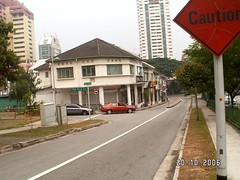
This photo shows Chun Tin Road and the junction with Yuk Tong Avenue. Nanyang Theatre would be on the left.
The other theatre which was located within Beauty World was the Tiong Hwa Theatre. Tickets cost 50 cents for front rows, 80 cents for middle rows, and $1.00 for back rows. Outside Tiong Hwa Theatre, there are several stalls selling drinks and tidbits like kacang puteh (nuts), kwa chi (melon seeds), sng buay (What’s that in English?) and jiu her (cuttle fish).
PETER says:
I lived in the Chestnut Drive area between 1954 and 1979 until I got married when moved out. Chestnut Drive is about 2 miles from Beauty World opposite Bukit Gombak. As a child, I often went along with my mother to the wet market in Beauty World.
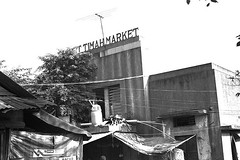
The wet market had many stalls fronting Jalan Jurong Kechil and there was a concrete building (if I can recall with the words 1921 inscribed) which was the older section of the wet market. The wet market sold veggies, pork and fish. In-between were the makan stalls. The electrical shops were facing Chun Tin Road and the clothing/toys stalls faced Bukit Timah Road. Actually the market had a gradient that sloped downhill from Chun Tin Road towards Jalan Jurong Kechil and Bukit Timah Road.
The fire started at the shop area (facing Bukit Timah Road and Chun Tin Road) but it must have been in the 1980s. But it was not the fire that saw the end of Beauty World. I think in 1971, the present hawker center cum wet market was built (facing the old post office). The government relocated the hawkers and wet market operators to the new place. I used to take midnight supper in 1972 on the second level so the hawker center was opened by 1971.
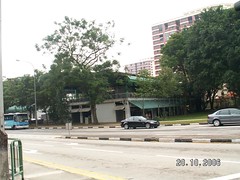
This is the recently renovated Bukit Timah Market cum Food Centre.
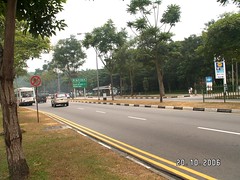
Jalan Jurong Kechil in the direction of Bukit Timah Road. Here's where we boarded the pirate taxis. On the left is the Old Beauty World. Across the road was a row of shops. Today, there's a petrol station.
********************************************************************
Conclusion
Like Tom O'Brien, I too could not find much information on the internet about the old Beauty World. Even the recently published Singapore Encyclopaedia makes no mention of Beauty World. I thank my friends Chuck, Peter and Tom for their contribution. I hope these 2 articles have helped to fill that gap. I do hope that some of my readers can contribute more information.
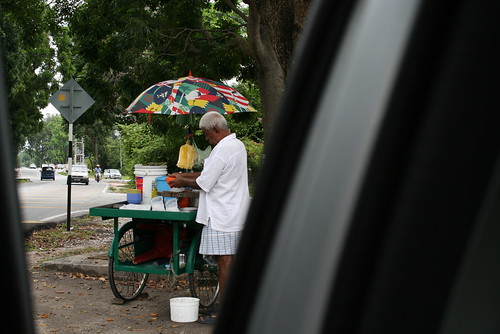
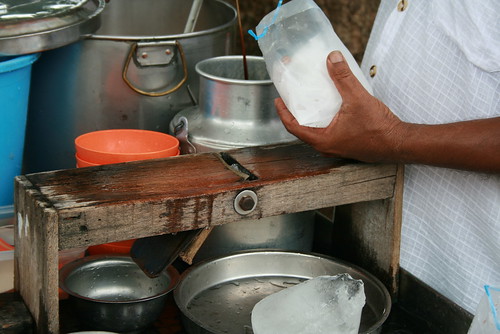


b.JPG) Photo No. 5 - Notice how rusty the nails are. I have a confession to make here. I took 2 sips of the chendol and discarded them when I got home; knowing that neither my son nor I have the same resilient stomach that I had from my kampong days. My older brother Chun Chew (Zen) will be able to testify to what an upset stomach can do to your holidays.
Photo No. 5 - Notice how rusty the nails are. I have a confession to make here. I took 2 sips of the chendol and discarded them when I got home; knowing that neither my son nor I have the same resilient stomach that I had from my kampong days. My older brother Chun Chew (Zen) will be able to testify to what an upset stomach can do to your holidays.

.JPG)

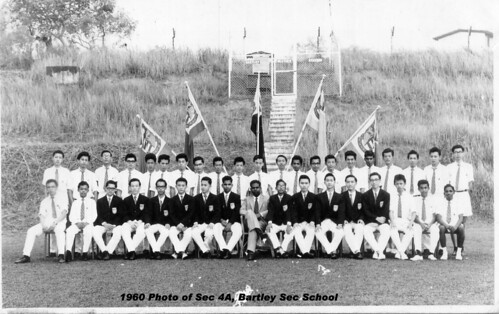
b.JPG)

b.JPG)
